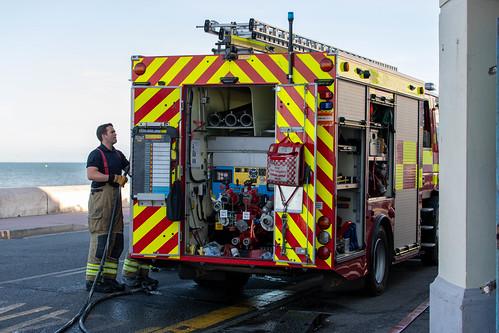Fire Alarms
The type of alarm or alarm system you use for your business will depend on your type of premises. It is likely that the larger or more complicated your premises, the more sophisticated the alarm and warning system will be needed.
The Government Fire Safety Risk Assessment Guide for your type of premises will contain information about the alarm system you may need. Please see our Assessment pages for further information and links to the appropriate guidance.
Types of alarm systems
Manually operated alarm system
In small or straightforward premises where a fire starting may be immediately visible or obvious to occupants, a manually operated alarm, shouting ‘fire’, a whistle, or horn, that all occupants can hear, may be adequate.
Electrically operated fire warning system
If your premises are larger, have more than one floor, are more complex, or are fully occupied simultaneously, it is probable you will require an electrical fire warning system that can be heard throughout the building, Such a system will include ‘sounders’ through which an alarm can be heard, and ‘call points’ such as breakglass boxes.
Automatic fire detection system
If your premises handle flammable or hazardous materials, or have unoccupied or common areas including multi-occupation premises, you may require automatic fire detection. Learn more on our Automatic fire alarm systems page.
Information about the type of fire detection and warning systems required can be found in the Fire Safety Risk Assessment guidance for your type of premises. From shops and factories to health care and educational establishments, please go to our Fire Risk Assessment page and select your premises from the list for further information.

Automatic fire alarms and false alarms
For further information about:
- understanding and managing your AFA system
- what you can do to avoid false alarms
- our policy
- resources
please see our Automatic fire alarms page